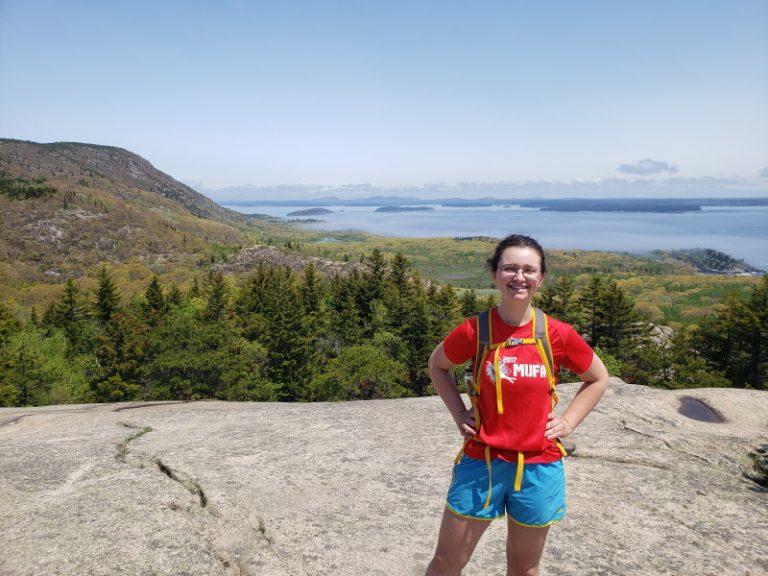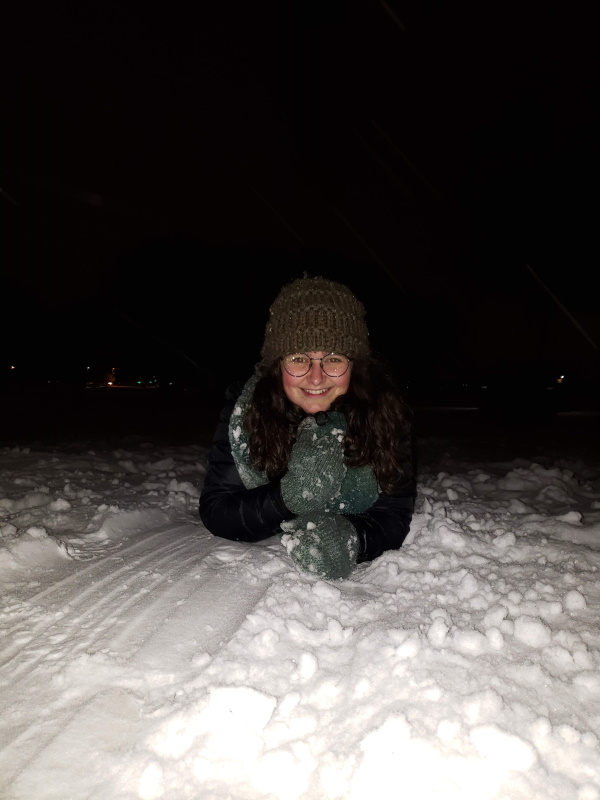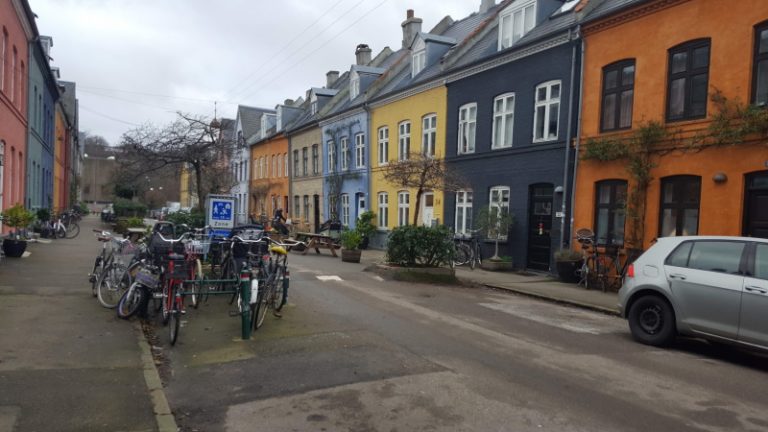
Meirah Williamson
Pronouns: she/her
University of Florida
Adviser: Dr. Esther Mullens
Focus Area:
Research Statement:
My research interests broadly lie at the intersection of extreme weather and society. My current research with Dr. Esther Mullens examines Excessive Rainfall Outlooks (EROs), which are probabilistic forecasts of flash flooding risk across the continental United States made by the National Weather Service’s Weather Prediction Center (WPC). We are examining flash flooding events that were not forecast by EROs, and seeing if they had any economic damages or fatalities or injuries. We’re also looking at the meteorological and hydrological precursors to these damaging events to see if there are any patterns. Flash flooding events are one of the most deadly hazards in the US and world wide, so we’re hoping that we can highlight regions and/or seasons that are poorly forecast to help the WPC in improving EROs (or tell the WPC that they’re doing a great job!).
Who is she?
Meirah is a second year Master’s student in the Geography Department. She is a Wisconsin native who moved to Florida for grad school.

How did she get here?
Meirah grew up in Madison, Wisconsin, near where the Yahara River crosses the isthmus between Lake Monona and Lake Mendota. With water on three sides, the basement would flood every year, but she was able to spend hot summer days swimming in the lakes and cold winter days walking on the frozen lakes.

As a child, Meirah was made keenly aware of extreme weather events when her family would take shelter in the basement during tornado warnings. While returning in a bus from a 6th grade field trip, her entire class had to shelter under tables at a McDonald’s, when tornadoes and waterspouts made the roads unsafe. It all worked out in the end, but the experience caught her attention.
When Meirah finished high school, she attended the University of Wisconsin-Madison, where she earned a B.S. in Atmospheric and Oceanic Sciences. While there, she did undergraduate research using QGIS (open source GIS software) to perform spatial analysis of the urban heat island (UHI) effect on freeze warnings and frost advisories in Madison, WI. She found that urban Madison would often not dip to temperature thresholds required for a freeze warning/frost advisory when one was issued by the NWS for Madison. The isthmus (the most densely built up part of Madison) was often the warmest part of Madison during freeze warnings/frost advisories, staying several degrees on average above the temperature thresholds. Many families of color, including immigrant families, and families below the poverty line use urban gardens as a food source in Madison. This research could help the NWS better tailor their forecasts to account for the UHI effect, and make sure that people relying on gardens for sustenance know when they actually need to worry about their crops (e.g. cover them to prevent frost). “ I really enjoyed doing this spatial analysis,” Meirah said, “and seeing that — yes, there does seem to be something here that can be improved on to help the NWS improve their forecasts and thus people relying on weather forecasts; combining extreme weather and society.“
During her senior year, Meirah spent a semester abroad at the University of Copenhagen, in Denmark. When she arrived, she only needed a single class to graduate – Climate, Weather, and Plants – to fulfill a Biology requirement. This left her free to explore Copenhagen by bike – and also to spend weekends visiting Berlin, Lisbon, and San Sebastian by train.

After completing her Bachelor’s degree, Meirah moved to Berkeley, California for an internship at Lawrence Berkeley National Lab – where she developed benchmarks for the Panama Rainfall Gradient project. While the research questions didn’t perfectly align with her interests, she loved working as part of a collaborative team, which was very different from the solo research she did during her undergraduate degree.
One day, while perusing a listserv, she saw that Dr. Esther Mullens was advertising a Research Assistant position at the University of Florida, focusing on extreme precipitation, climate dynamics, and climate and weather impacts on infrastructure and vulnerable populations. It was a perfect match, so Meirah applied to become a GeoGator. A few months later, she and her bicycle moved to Gainesville.
What’s she been doing at UF?
Since joining Dr. Mullens’ lab in the Fall of 2019, Meirah has been exploring the National Weather Service’s Excessive Rainfall Outlooks (EROs) product – looking for edge cases where flash flooding was not predicted in the forecast but happened all the same. When there are few people – like in parts of the Rocky Mountains – an unforecasted flash flood has little impact on people. An unexpected monsoon in the normally arid, but high population desert southwest, can turn deadly and cause lots of economic damage. By examining the complex interplay of rain, topography, soil moisture, and atmospheric conditions, Meirah is working to identify when and where the EROs break down, to improve flash flooding forecasts.
While Meirah used GIS analysis for her senior thesis, she was learning it as she went. Now that she’s studying hazards as a geographer, she’s been building her skills in Dr. Ash’s GIS Analysis of Hazard Vulnerability. The course “really piqued my interests in how we spatially understand vulnerability and risk among communities to extreme weather,” says Meirah, who is incorporating advanced GIS techniques into her research.
Over the summer, she teamed up with fellow Master’s student Holli Capps, working as the grader in Extreme Weather. Many of the students were non-geography/science majors. Meirah enjoyed the enthusiasm of interacting with the undergrad students – who in many cases didn’t realize that they were interested in science until they took the course.
How has she been holding up during the pandemic?
The first few months of the pandemic were disorienting – due to the lack of clear messaging on what we should and should not do. Once it became clear that outdoor activities are fairly safe, Meirah became more comfortable going outside. She’s been touring the State Parks that are accessible by bike – going as far as Fanning Springs and the Nature Coast Trail, where you can get off your bike and jump in the cool, clear springs. Meirah bought a car over the summer and is looking forward to exploring more of Florida’s wild places.

Meirah has also been getting out of the house to do good in the community. The Civic Media Center’s Free Grocery Store moved from an in person store to a bag and delivery model. Meirah has been volunteering by bagging groceries to help folks who are food insecure. Now that she has a car, she’s planning on making delivery runs as well.
When she’s not exploring the region’s bike trails or helping keep our community fed, Meirah has been playing her oboe (she has played since she was 11) and watching the best season that the White Sox have had in years.
Credit: Mike Ryan Simonovich